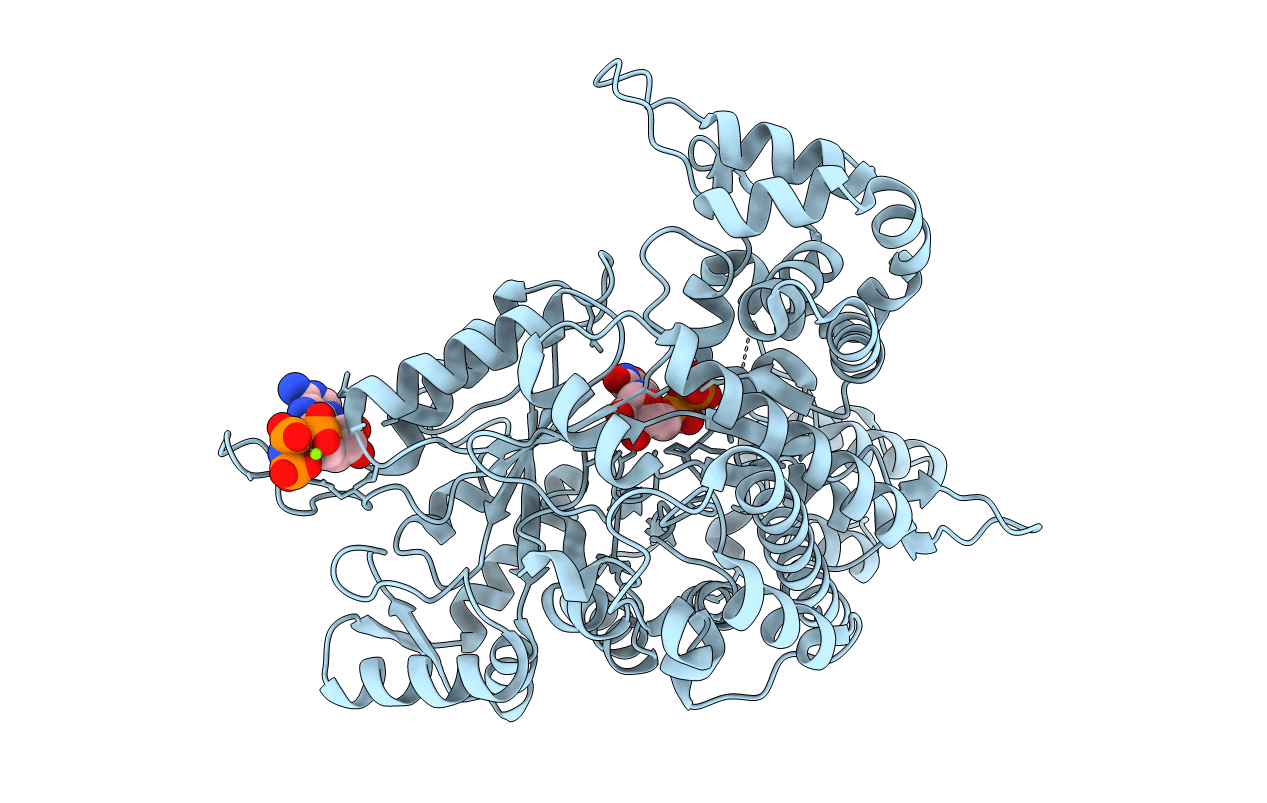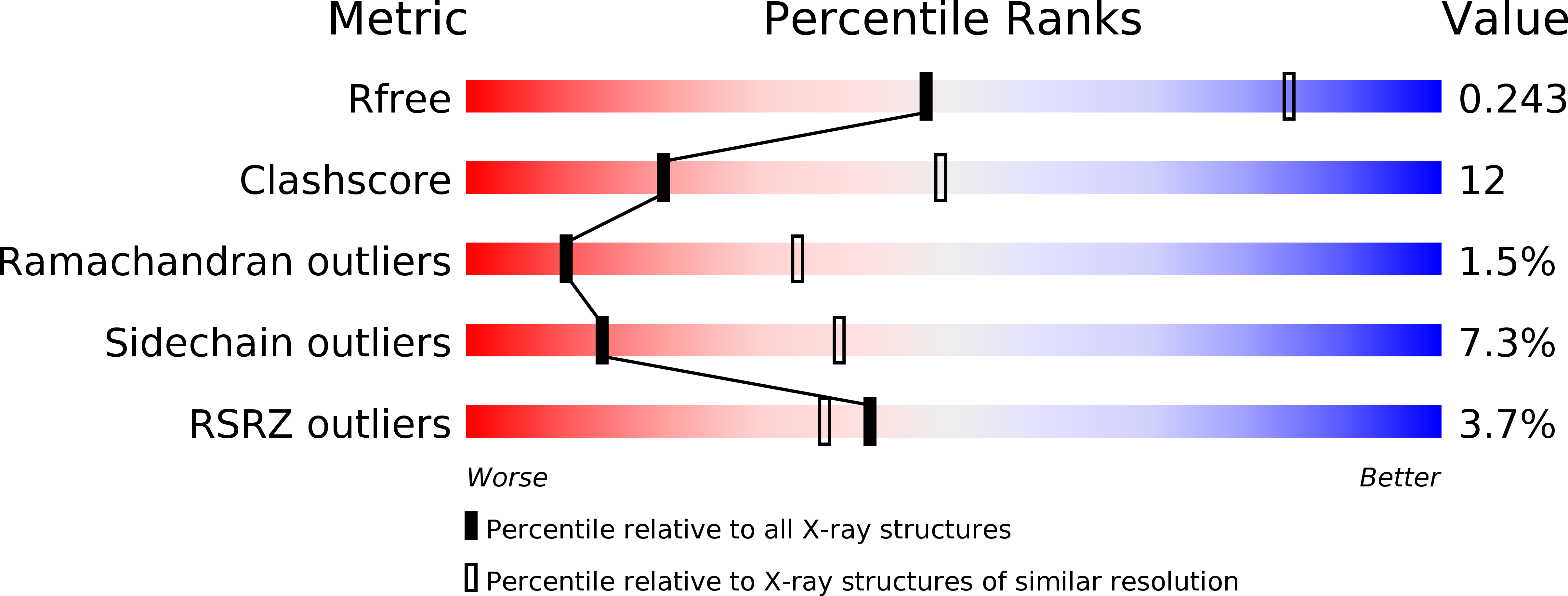
Deposition Date
2005-06-14
Release Date
2006-03-07
Last Version Date
2024-04-03
Entry Detail
Biological Source:
Source Organism:
Saccharomyces cerevisiae (Taxon ID: 4932)
Host Organism:
Method Details:
Experimental Method:
Resolution:
2.90 Å
R-Value Free:
0.24
R-Value Work:
0.17
R-Value Observed:
0.18
Space Group:
P 21 21 2


